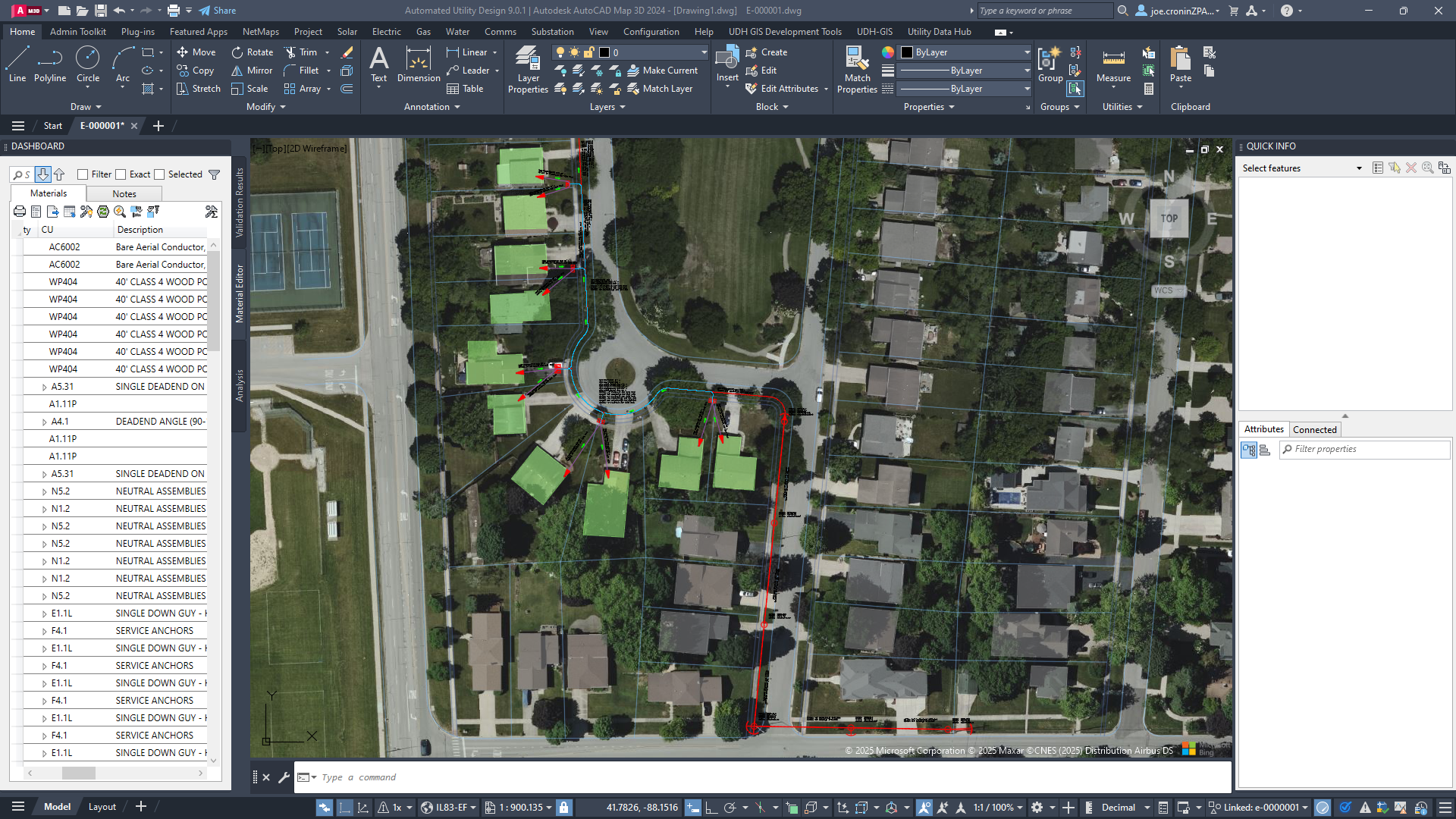Embedding client standards into AUD templates creates consistency, reduces rework, and helps AEC firms scale efficiently
For many AEC firms, every new client engagement comes with a fresh set of design standards, CAD requirements, and review processes. These standards are essential for ensuring deliverables meet the client’s expectations, but they also create challenges. New designers and senior designers often need weeks or even months to adapt to a client’s way of working. Senior staff, meanwhile, spend much of their time interpreting standards, checking work for compliance, and guiding less-experienced colleagues through the details.
When projects are spread across multiple clients, the complexity multiplies. Switching from one client’s standards to another’s is a fertile ground for errors, and the resulting rework can quietly erode margins and delivery schedules. For distributed teams working across regions, maintaining consistency can be even harder.
One practical way to address these challenges is by using configuration templates in Automated Utility Design (AUD). This approach encapsulates client-specific rules, CAD standards, and validation requirements directly into the design environment. When applied systematically, this capability can improve the way an AEC firm manages its workload, develops talent, and delivers work across multiple client portfolios.
Capturing client standards once and using them many times
In AUD, a configuration template acts as a blueprint for how designs should be created for a particular client. It can include CAD symbology, standard components, validation rules, and other parameters that define “what right looks like.” Once built, it becomes a ready-to-use environment that validates each project step without requiring designers to memorize or manually check every standard. This framework creates freedom for designers to work on the critical engineering design tasks in the workflow rather than thinking about the right color on lines and callouts.
This approach changes the onboarding process for new team members. Instead of spending months learning the low-level details of a client’s requirements, they can start contributing almost immediately. The embedded validation rules catch deviations automatically, so new hires can focus on the design itself rather than on remembering formatting or drafting conventions.
Reducing rework through built-in validation
Rework is one of the quietest but most persistent drains on profitability. A single oversight, such as using the wrong symbol, dimension, or component, can trigger an entire review cycle, delaying delivery and adding unplanned labor hours.
With client-specific validation rules in place, these issues are flagged during the design process, not after the fact. Designers get immediate feedback when something does not align with the template, allowing corrections to be made in minutes instead of days – dramatically improving the speed to scale. For firms juggling several client projects at once, this proactive error prevention can make a measurable difference in throughput and client satisfaction.
Changing the role of senior resources
In many AEC firms, senior engineers spend a significant portion of their time doing quality control. While this ensures deliverables meet the standard, it also limits the number of projects they can influence directly.
Configuration templates redistribute that workload. Because the templates enforce low-level compliance, senior staff can focus their reviews on the elements that require professional judgment, such as complex design decisions, coordination between disciplines, and creative problem solving. The result is a higher-value use of their expertise and an opportunity to mentor junior staff on the most meaningful aspects of the work.
Supporting distributed collaboration
AEC firms increasingly operate across multiple offices and time zones, often with teams spread across different regions or even countries. This can complicate coordination, especially when it comes to ensuring that everyone is following the same client standards.
A configuration template eliminates the ambiguity. Whether a designer is in the head office or working remotely halfway around the world, they are working in the same environment, with the same rules and tools applied consistently. That consistency reduces friction during cross-regional reviews and makes it easier to move work between teams without losing time to reorientation.
From process improvement to business advantage
While the immediate benefit of configuration templates is operational, such as fewer errors, faster onboarding, and smoother reviews, the longer-term impact is strategic. AEC firms that can confidently take on projects for multiple clients without adding overhead are better positioned to scale. They can expand into new markets, bid on a wider range of work, and deliver consistently, even with a dynamic workforce.
Why this matters now
The value of configuration templates becomes even clearer when viewed against current industry pressures. The demand for new infrastructure, driven by urban growth, renewable energy projects, and utility modernization, is rising steadily. At the same time, many firms face a shortage of experienced talent as senior engineers retire and younger professionals enter the workforce. Layer on the growing prevalence of remote and hybrid work, and the challenge of maintaining consistent quality across projects becomes even more pressing.
In this environment, the ability to codify client standards into AUD templates is not just a process improvement. It is a resilience strategy. It helps firms maintain quality despite staff changes, adapt quickly to new client requirements, and keep projects moving smoothly regardless of where the work is being done. For AEC firms working across diverse clients and geographies, that capability can be the difference between keeping pace with demand and falling behind.
